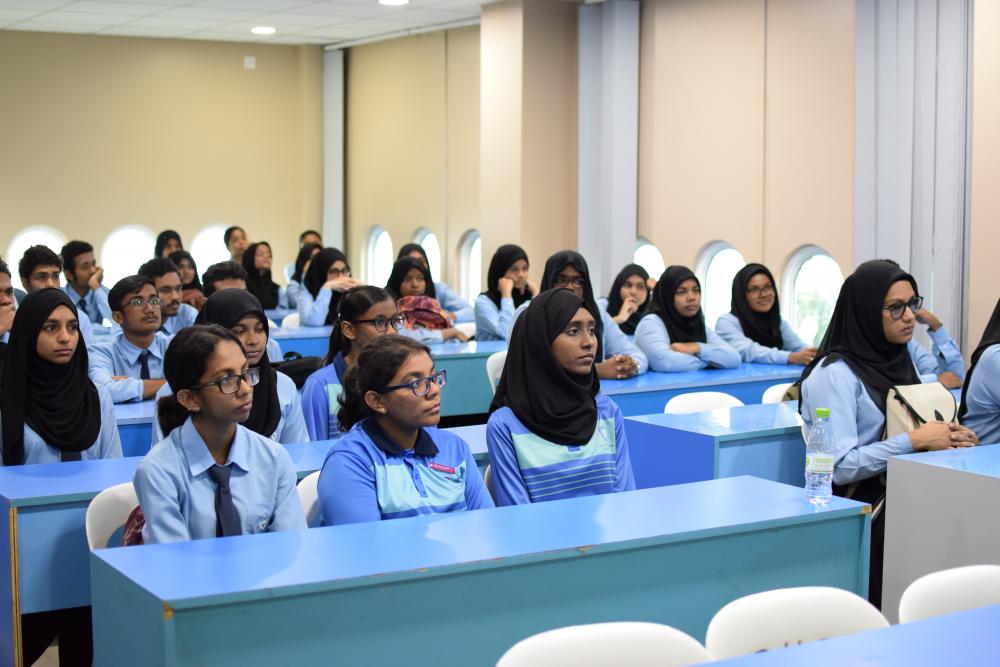
Ministry Revises A Level Entry Rules
The Ministry of Education has revised the entry criteria for A Levels in a move aimed at broadening access and giving more students the chance to continue higher secondary education.
Under the new rules, announced through a circular, students can now qualify for A Levels through three routes: the academic stream, vocational programs in schools, and workplace apprenticeships. Each comes with its own set of admission requirements.
Academic Stream Options
Students pursuing the academic route have several pathways to qualify. These include passing Dhivehi or Islam along with four O Level subjects, or combining passes in Mathematics and stream subjects such as Science, Business, or Arts. Students following the Individual Curriculum Plan (ICP) can also enroll if they have secured grade C in any two subjects.
Vocational and Apprenticeship Routes
For vocational education and workplace apprenticeships, entry is open to students who have completed the Pearson BTEC International Level 2 Diploma, passed the School TVET course, or achieved at least three O Level passes at grade C. From there, they can progress to programs like the Pearson BTEC International Level 3 Diploma, the Extended Diploma, or structured apprenticeship training.
The Ministry noted it will assess the eligibility of ICP graduates who wish to take up these programs. Results from SSC, IGCSE, A Levels, and BTEC may also be considered during admission.
Expanding Access Nationwide
Eligibility applies to students under the age of 18 as of December 31 this year. Some schools in the atolls have also begun offering A Level programs, while students who do not meet the standard entry requirements may still be admitted through special approval from the Ministry.
To support the government’s push for higher enrollment, the Centre for Higher Secondary Education (CHSE) building has been reopened. In addition, 23 schools that previously offered only O Level studies will now provide A Level programs starting this year.
The Ministry of Education said the changes reflect its commitment to giving young people multiple pathways into higher education, whether through academics, vocational training, or work-based learning.